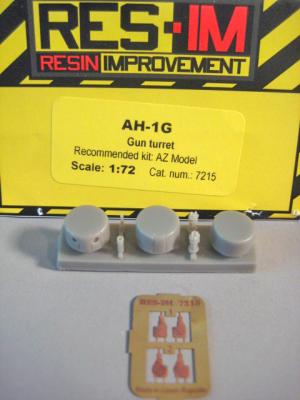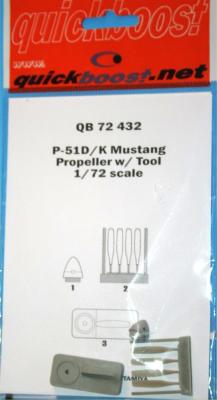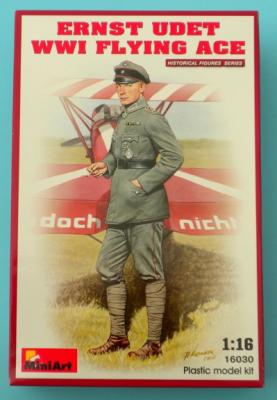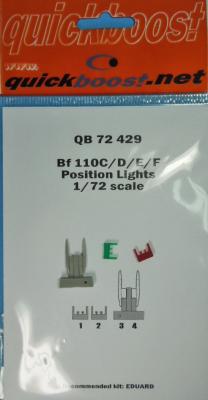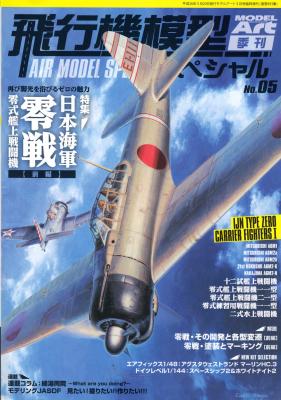Res-Im’s multi-media upgrades for the AZ Model lifts this kit out of the ordinary. This particular upgrade features three different resin turrets. Molded in a medium grey resin with good recessed detail. The first turret has no opening and would be used at a training center like Hunter Army Airfield or Ft Rucker. The next one is the single weapon system, TAT-102, turret. This one features a single 7.62mm minigun. Strangely there is no hole for the minigun. That is an easy enough modification. The third turret is an M-28 style turret with two openings, either one 7.62mm and 40mm grenade launcher or two 7.62 mm miniguns. Included on the resin pieces are two miniguns, one 40mm launcher and one other ‘gun’ that I’m not sure what it is. This would go with the single turret opening and explains why there is no hole.
Welcome to the IPMS/USA Reviews site!
Introduction: The primary organization of the IPMS/USA Review website is by IPMS/USA National Contest Class. Within each Class there are sub-menus by kits, decals, books, etc. The Miscellaneous Class is for items that are not class specific or that cross two or more classes.
IPMS/USA Members: We encourage you to submit reviews, both here and to the Journal. To volunteer for membership in the IPMS/USA "Reviewers Corps" and submit your own reviews, please read the Guidelines For Submitting Product Reviews.
Manufacturers, publishers, and other industry members: IPMS/USA is pleased to offer your company the opportunity for product reviews. All product reviews are performed by IPMS/USA members, and are posted in the publicly-accessible section of our website. With very few exceptions, we perform full build reviews of new kit releases, aftermarket products, and supplies. If you would care to provide product samples for review, please contact John Noack, IPMS/USA 1st VP.
To learn more about IPMS/USA, please see our About Us page.
Quickboost has added the P-51D/K propeller to their line of resin aircraft accessories. The blades are molded separately from the spinner and a tool is provided for the proper blade pitch during installation. This latest addition is molded in a grayish resin, smooth, seamless and bubble free. One thing of note is that they are easy to remove from the mold block taking only a couple of minutes with a saw blade to remove them.
The kit of Ernst Udet is one of three German World War One pilots currently offered in MiniArt’s 1:16 scale Historical Figures Series. Udet was the second highest scoring WWI German ace serving in the Great War (and the youngest), who later went on to become a world famous postwar air show performer and light plane manufacturer. He flew for the movies, was instrumental in the development of the Luftwaffe, advanced the concept of dive bombing and was a driving force in adopting the Stuka dive bomber. He lead a very colorful life, becoming a member of the Nazi party and struggled for years with alcoholism until he committing suicide after Germany invaded Russia in 1941. There have been (and currently are) numerous kits of his brightly colored Fokker D.VIIs available from various manufacturers and the man himself has been the subject of a number of smaller scale figure models. In his day, Ernst Udet was almost larger than life.
The Parts
These resin position lights from Quickboost are intended for any of the 1/72nd Eduard Bf-110C/D/E/F models. There are a total of six resin parts, but two of those parts are extra “lenses” in case you lose one cutting it from the resin block; smart move Quickboost! The parts are exceptionally well molded and feature rivet detail like the kit’s parts. Of note, the Eduard kit has very subtle rivet details, whereas rivet detail on the Quickboost parts are a little more pronounced/deeper. Personally, I am a fan of the way Quickboost depicted the rivet detail as I feel the rivet detail on Eduard’s kit may get lost under some primer and paint.
Model Art Special No. 5 is a “must have” for those who want to build a IJN Type Zero Carrier Fighter. This is number 5 in the Air Model Special series and focuses on what most modelers and historians consider the classic IJN fighter aircraft of WWII. In 136 pages this publication covers the A6M1, A6M2a, A6M2b, 21st Kokusho A6M2K and the Nakajima A6M2-N.
It should be noted that the text is in Japanese with virtually no English translation for those of us who are English-Only speakers and readers. But no matter, the quality of the images and the clever design of the photographs, tables, and charts is more than sufficient to get the message across successfully.











